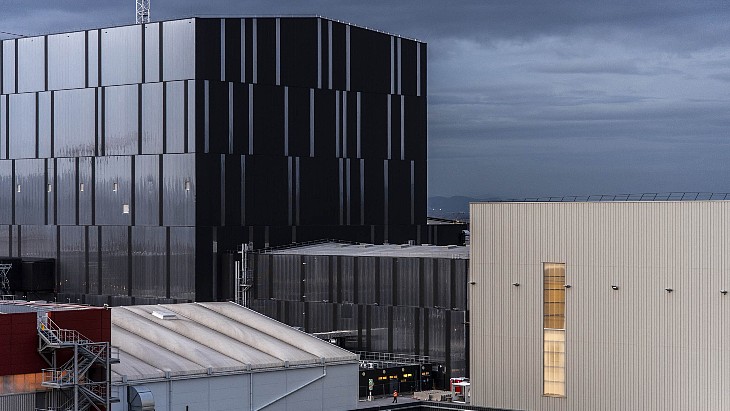The ground-breaking multinational fusion project has been working on a comprehensive "realistic" timeline to replace the 2016 plan for first plasma at the reactor being built in southern France in 2025.
The COVID-19 pandemic and the emergence of problems with the vacuum vessel sector's welding joint region and corrosion-induced cracks in thermal shield piping meant a considerable delay was now needed and Director General Pietro Barabaschi said at October's 29th IAEA Fusion Energy Conference, after a year in post, that even without those factors the previous timeline was not going to have been met. However, he said, a change of culture, to not sweep problems under the carpet, meant ITER was on a "good track" to draw up the new baseline.
Dialogue has also been under way with the French nuclear safety authority, Autorité de Sûreté Nucléaire, to create a strategy to address ITER's first-of-a-kind regulatory needs and a revised path to nuclear licensing.
Now in an update report on progress, Alberto Loarte, head of the science division at the ITER organisation, said: "The new baseline includes modifications to the configuration of the ITER device and its ancillaries (eg a change from beryllium to tungsten as first wall material, modifications to the heating and current drive mix etc) as well as additional testing of components (eg toroidal field coils) and phased installation (starting with an inertially cooled first wall and installing the final actively water-cooled components later) to minimise operational risks."
He added: "In this new approach, scientific exploitation is divided into three main phases: Augmented First Plasma, DT-1 and DT-2 plus the associated integrated commissioning phases."
ITER is a major international project to build a tokamak fusion device designed to prove the feasibility of fusion as a large-scale and carbon-free source of energy. The goal of ITER is to operate at 500 MW (for at least 400 seconds continuously) with 50 MW of plasma heating power input. It appears that an additional 300 MW of electricity input may be required in operation. No electricity will be generated at ITER.
Thirty-five nations are collaborating to build ITER - the European Union (plus Switzerland) is contributing almost half of the cost of its construction, while the other six members (China, India, Japan, South Korea, Russia and the USA) are contributing equally to the rest. Construction began in 2010.
In late 2023 as part of the project revision each ITER member nominated five experts to evaluate the new baseline and research proposals, with the first ITER Research Plan development workshop taking place at ITER headquarters last week. Following presentations and detailed evaluations by the nominated experts and ITER staff, the finding was that "the main elements of the outline Research Plan ... were appropriate, however the groups identified specific aspects of the outline plan which require further review and optimisation".
According to Loarte there will be further analysis of the issues remotely over the next few weeks, followed by a second workshop, with the aim of finalising the new ITER Research Plan so it can be submitted to the ITER Council Science and Technology Advisory Committee for endorsement in May, before the new overall project baseline is submitted to the ITER Council the following month.






_63865.jpg)
_18570.jpg)
_16159.jpg)





